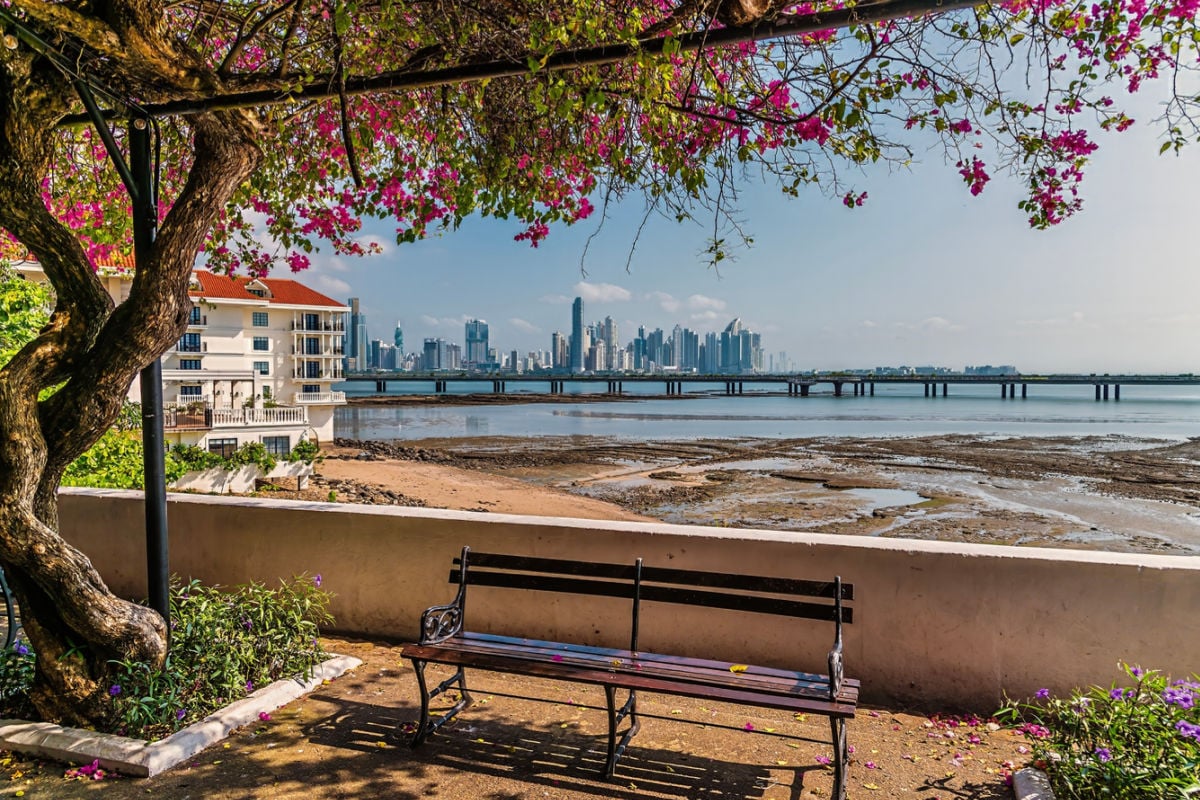If Mariah Carey blasting on repeat in every store and decked-out town squares weren’t clue enough, the holiday season has already kicked off in Europe, and the whole continent’s gearing up for the jolliest time of the year.
However, before you go ahead and book your tickets to London or Paris again, and get set back thousands of euros on a winter escapade while you’re at it, hear us out:
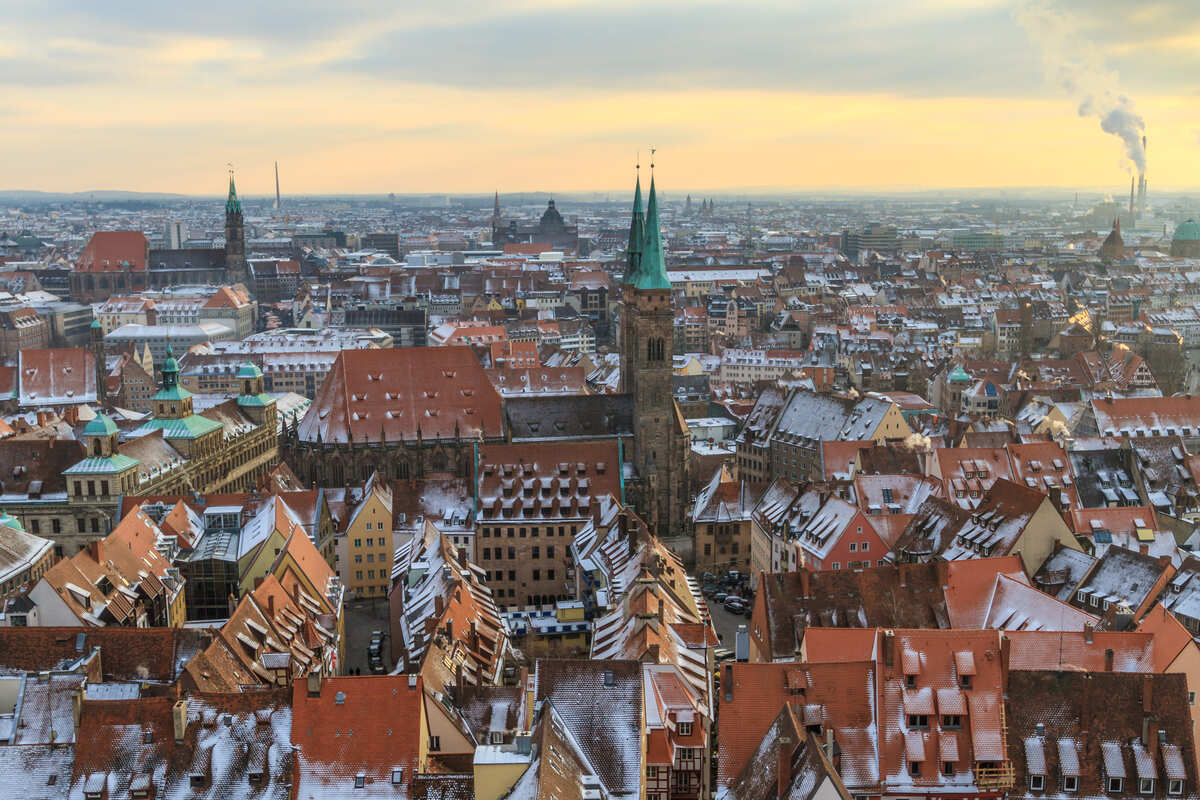
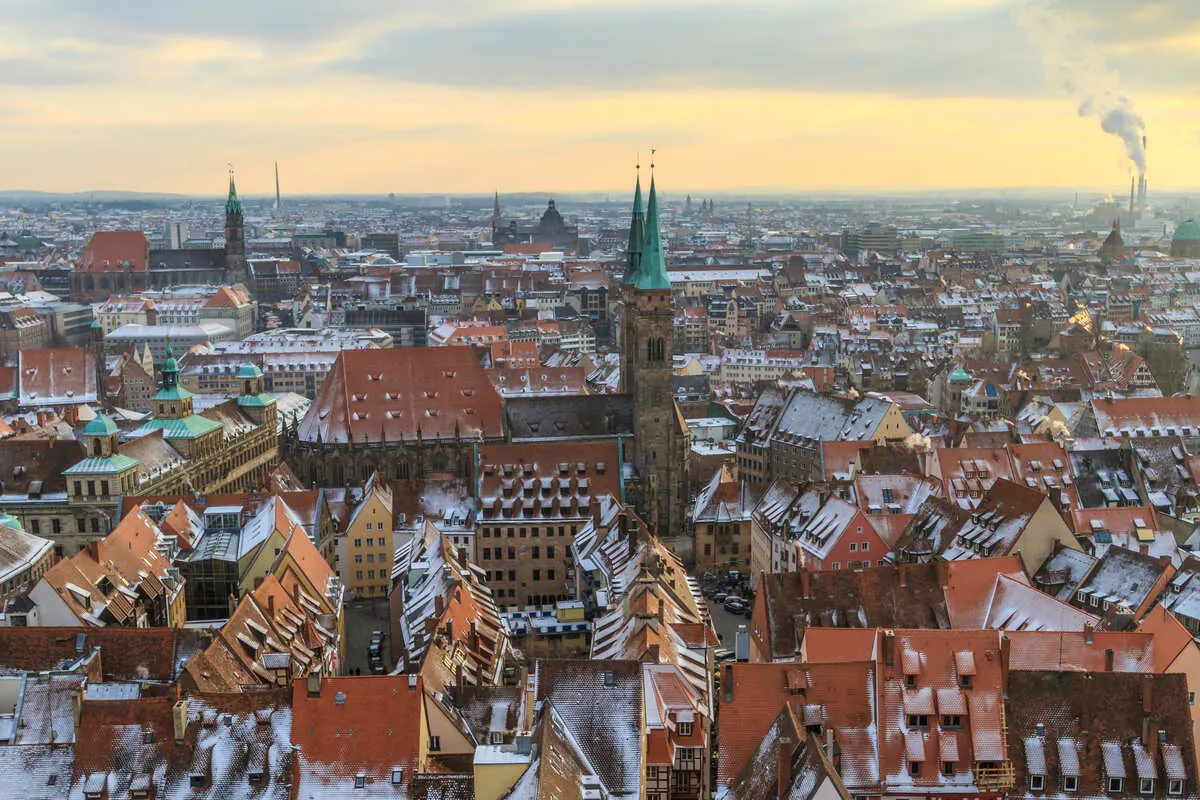
Gorgeous as they may be, you won’t find Europe’s most traditional Christmas market in Hyde Park’s packed-to-the-gills Winter the Wonderland, nor the best bang for your buck in an overpriced chambre overlooking the crowded streets of Montmartre, in the north of Paris.
But this medieval city in southern Germany has all the holiday magic you could ask for, and the best part? It’s shockingly affordable by European standards.
One Of The Most Beautiful Medieval Cities In Germany
With a population of around 544,000 people, Nuremberg is the second-largest metropolitan zone in the German state of Bavaria after Munich. As sprawling an urban center as it may be, however, it is surprisingly quaint for a city of its size:
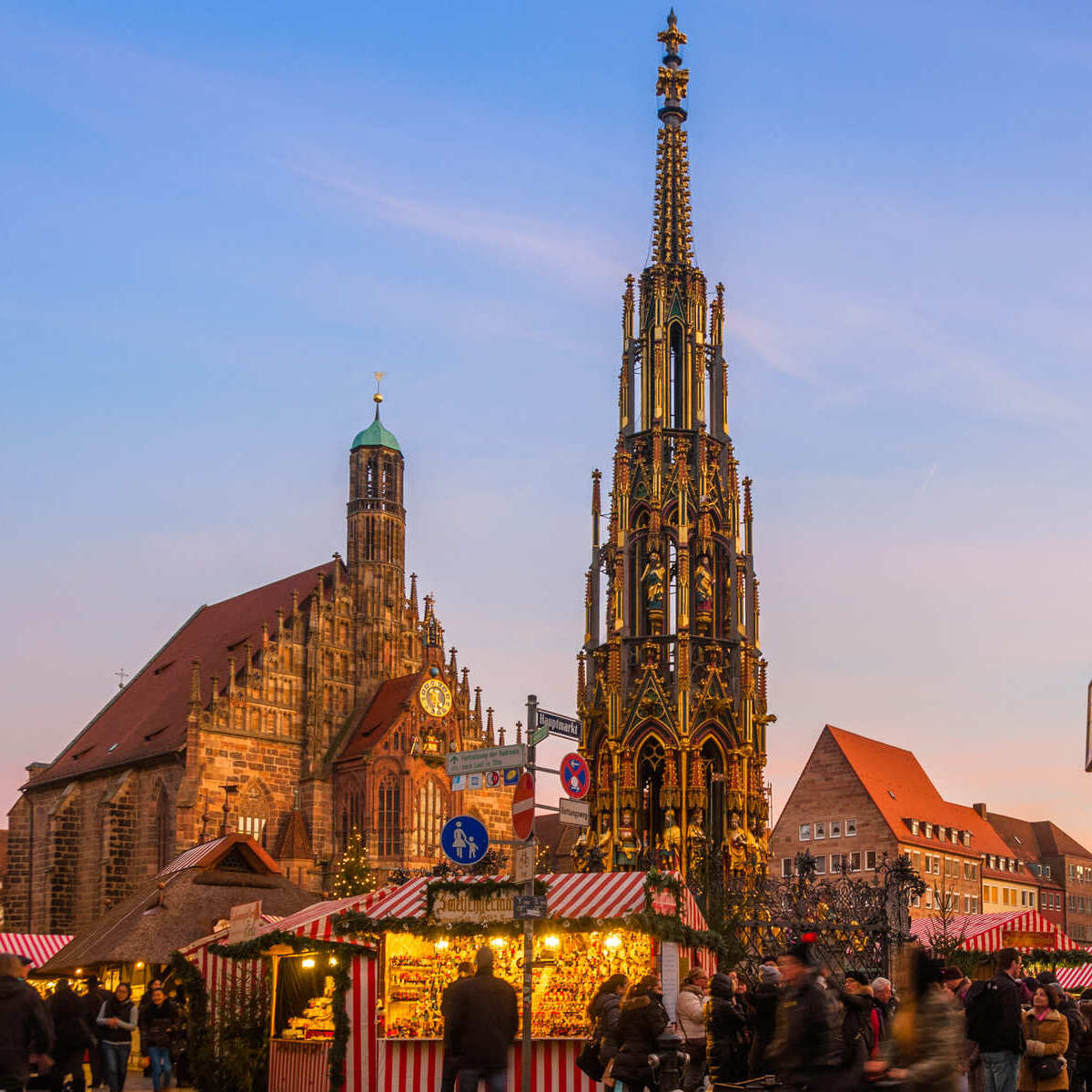

In fact, Nuremberg revolves around a picture-perfect Altstadt with small town vibes.
A medieval core still surrounded by imposing ramparts, guarding the entrance to the Old City, it is a maze of cobble-surfaced lanes lined with your usual ornate European buildings.
The most important landmark in Nuremberg sits on a prominent hill overlooking its gable roofs and church spires: it’s the Kaiserburg, or Imperial Palace, with its signature Sinwell Tower, deep well, and medieval armory collection.
Built in stages from the 11th to the 15th-centuries, this castle is considered one of Europe’s most impressive, precisely due to its importance, as a former residence for Holy Roman Emperors, and the complexity of it: think multiple gatehouses, drawbridges, watchtowers and trap zones.
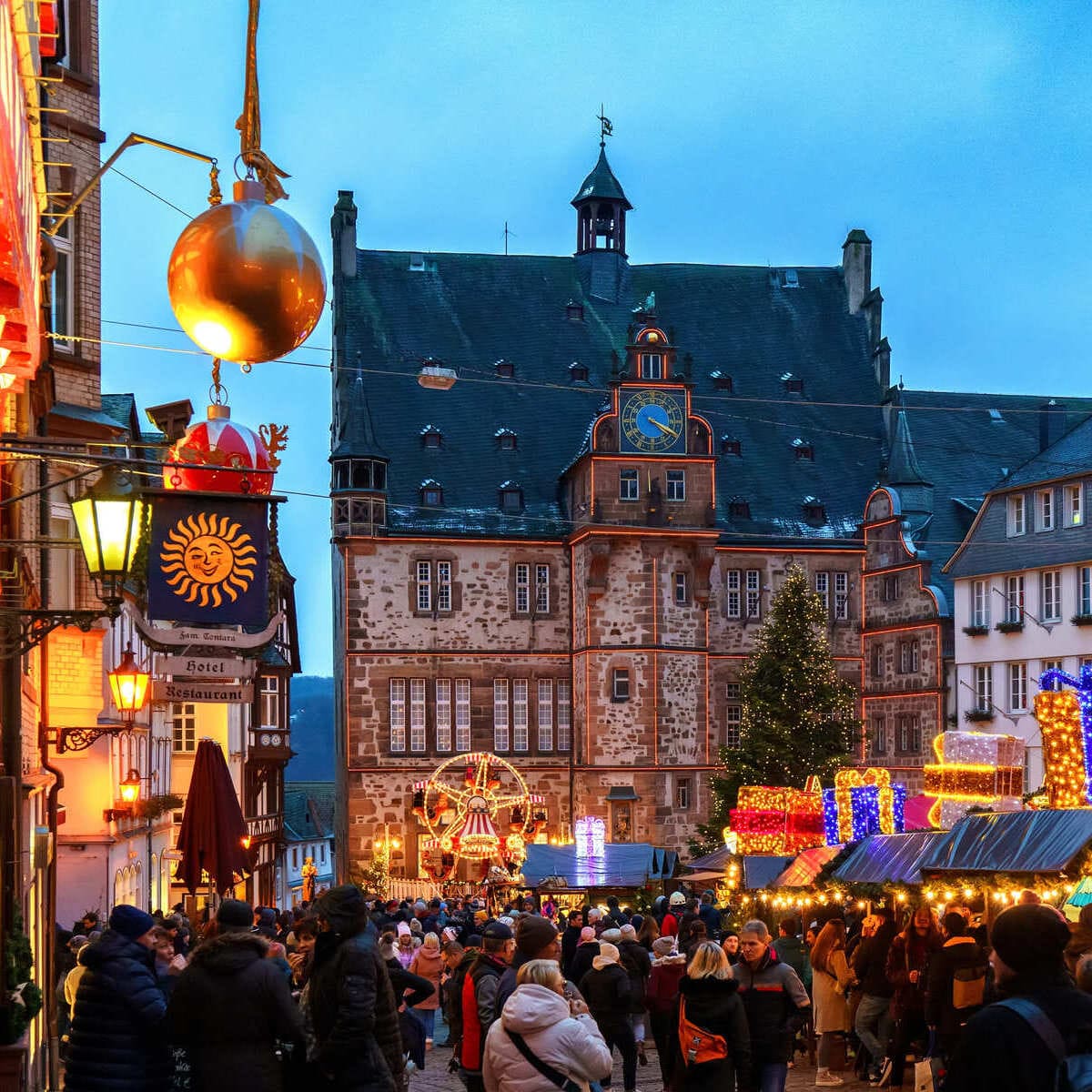

Like Stepping In A Storybook Scene
At the foot of the Kaiserburg, you’ll find a postcard-ready historic center that’s emerged from the widespread destruction of World War II even livelier than before, with several squares, narrow passageways, and quirky artisan shops to discover.
Backed by the walls of the Kaiserburg, Tiergärtnertorplatz is among Germany’s most beautiful public squares, paved with cobblestones and surrounded by half-timbered townhouses, including Albrecht Dürer House, where the famous German artist used to live.
It even hosts a postcard-ready coffeeshop, the much-photographed Café Wanderer, built right into the castle fortifications. In winter, locals gather in the patio, under the bedecked tree in front, to watch passersby and drink their glühwein (the local mulled wine).
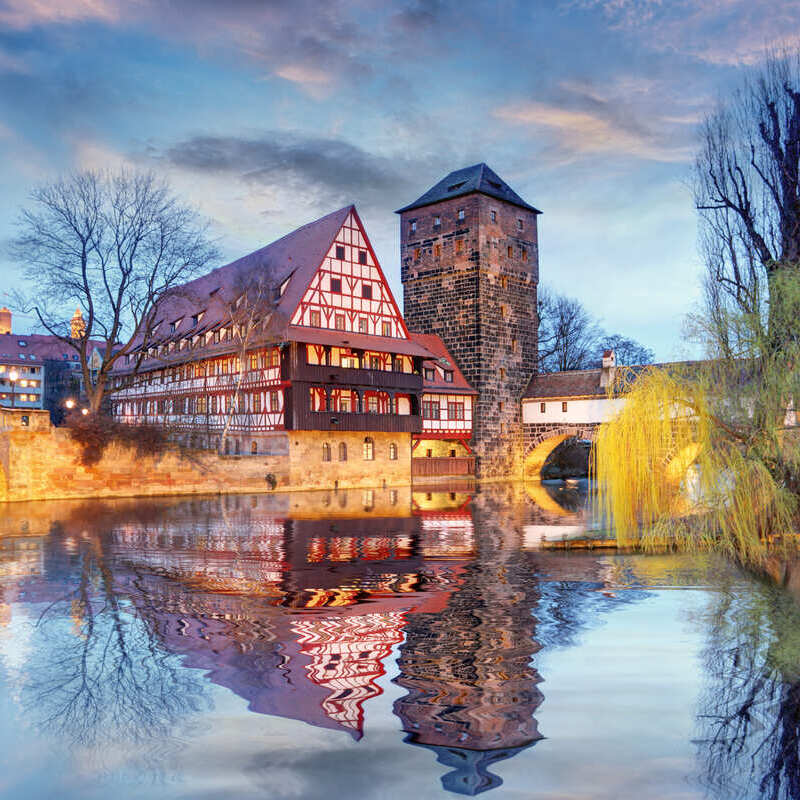

Yet another gorgeous medieval square, Hauptmarkt is flanked by more laid-back cafés, the gilded, column-like Schöner Brunnen fountain, and the steep, red-brown sandstone Frauenkirche, one of the city’s most visually-striking Gothic monuments.
If you love medieval churches, you can’t miss the equally-impressive St. Lorenz, known for its vaulted ceiling and huge hall, and St. Sebaldus, smaller in scale, but just as pretty in our book, with a solemn interior borrowing from Romanesque and Gothic influences.
Speaking of Hauptmarkt, it is where Nuremberg’s largest, and most traditional Christmas market takes place.
Running from late November through December 24, it involves the installation of several rows of wooden stalls directly between the fountain and Frauenkirche, and it’s where locals go to sample wintery treats (sausage and gingerbread lovers, this is the place for you) and browse handicraft items.
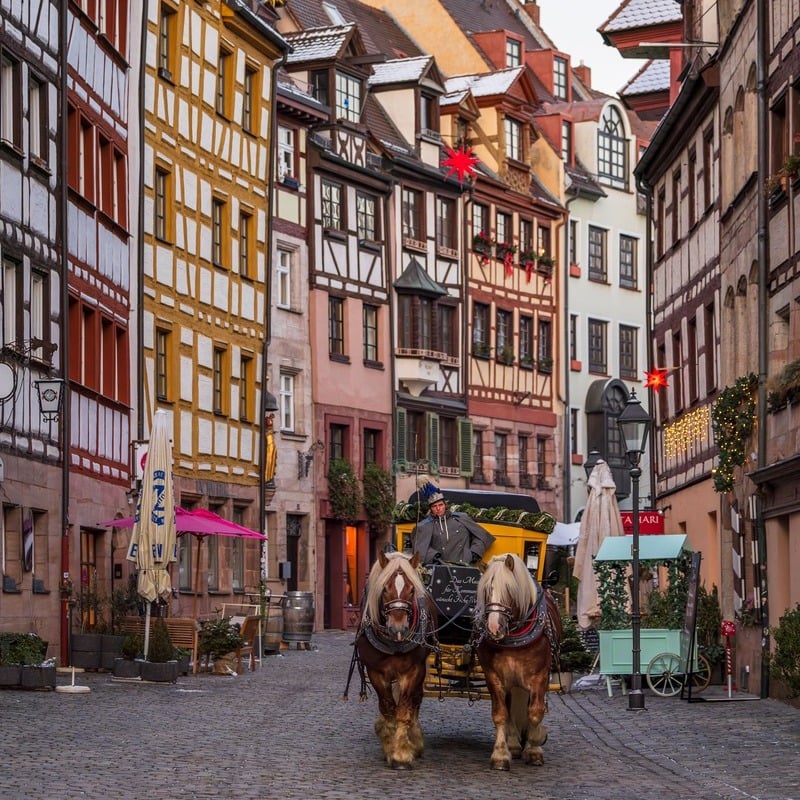

On the long pedestrianized avenue leading to St. Sebaldus, you’ll also find a small-scale Weihnachtsmarkt that tends to attract local producers: farmers flock here from the wider Bavaria to sell their honey, candles, wool, and homemade jams.
Now, for those traveling with children, and looking for a family-friendly environment, Kinderweihnacht (Children’s Market) offers a beautiful carousel, a Ferris wheel, and even a steam-train ride—and for the adults in the room, don’t worry, there’s plenty of mulled wine and beer to go round.
All in all, Nuremberg looks absolutely magical in winter.
Not only are there Christmas markets galore, the entire Pegnitz riverwalk cutting through the heart of the medieval core is dressed to the nines in festive lights and buzzing with holiday cheer.
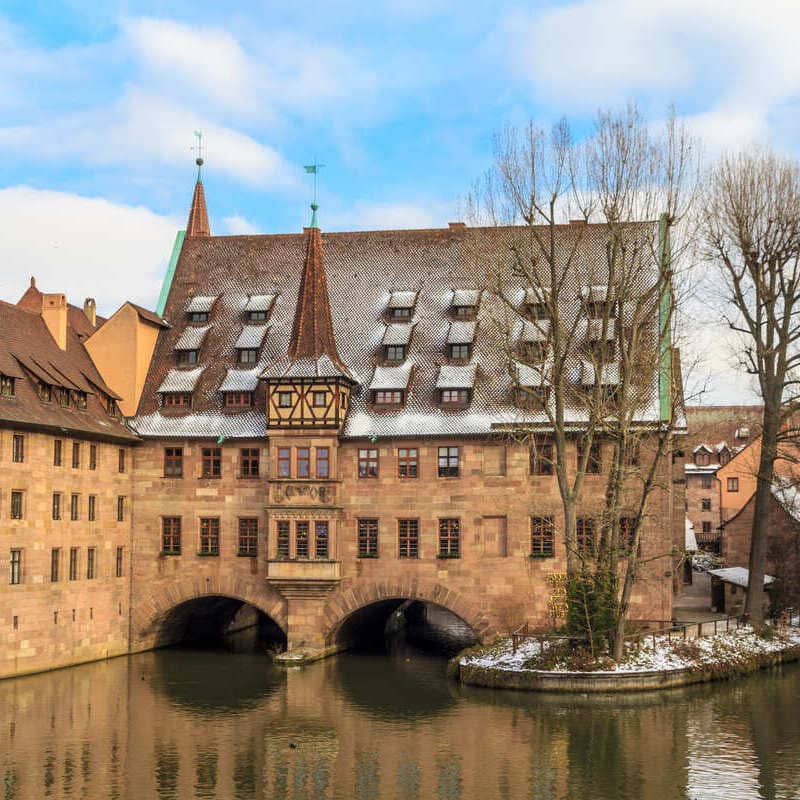

From Trödelmarkt, a river island with traditional Bavarian eateries, small shops, and a quaint vibe, to Hangman’s Bridge, a medieval crossing that spands the fast-flowing water, it looks extra special when it’s powdered in snow.
An Affordable City Break
The most surprising part is how affordable Nuremberg is as a destination, especially considering this is Germany we’re talking about:
Unlike Munich, where hotels average $207-a-night (according to Budget Your Trip), Nuremberg’s cost roughly $141. This season, the cheapest hotel with the best reviews on Booking.com is Hotel Erlenstegen:
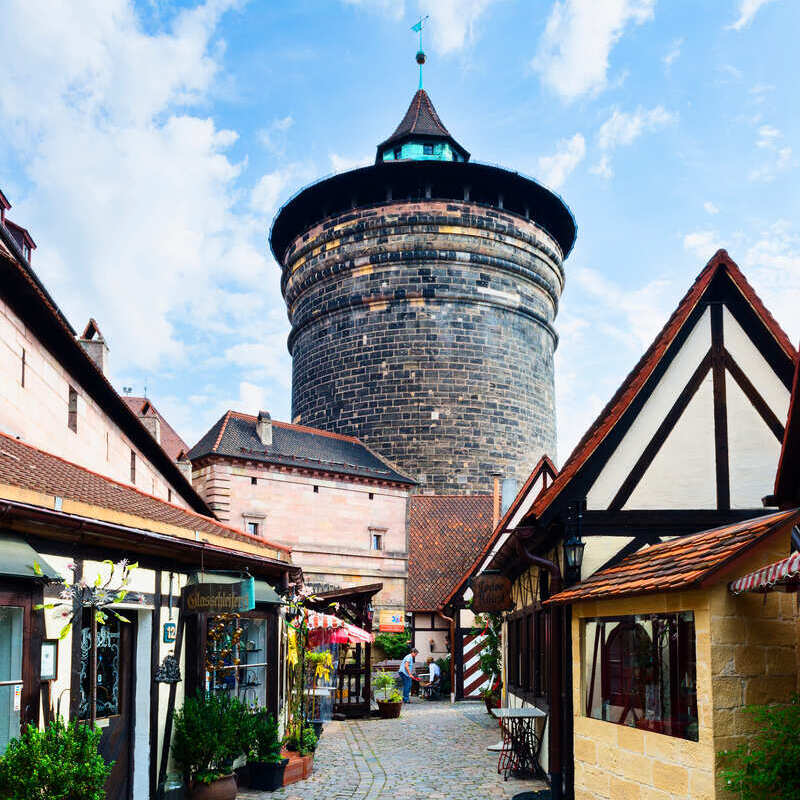

A double room is priced only $87, and being a short 27-minute metro ride into the center of town, it is the perfect budget-friendly base for economical travelers to explore Nuremberg.
When it comes to food, meals in local beer halls and taverns average €15 ($17), or even as cheap as €3.50 ($4) in takeout spots, such as bratwurst stalls and Old City bakeries.
For the culture buffs out there, museums are just as cheap to visit: for instance, fees to enter the Nuremberg Trials Museum are only €7.50 (around $8.60).
In general, travelers on a budget spend $65 per day in Nuremberg, making it an affordable winter getaway: a real bang for your buck.
The Travel Off Path Advantage: Your Travel Toolkit
Subscribe To Our Latest Posts
Enter your email address to subscribe to Travel Off Path’s latest breaking travel news, straight to your inbox.

